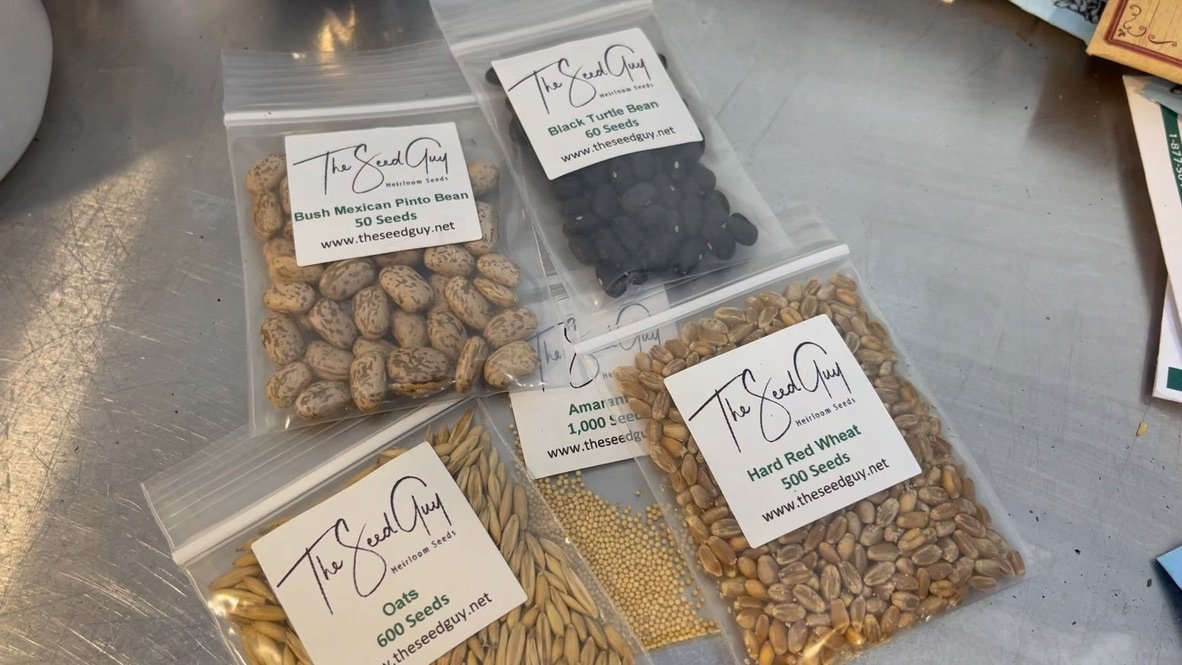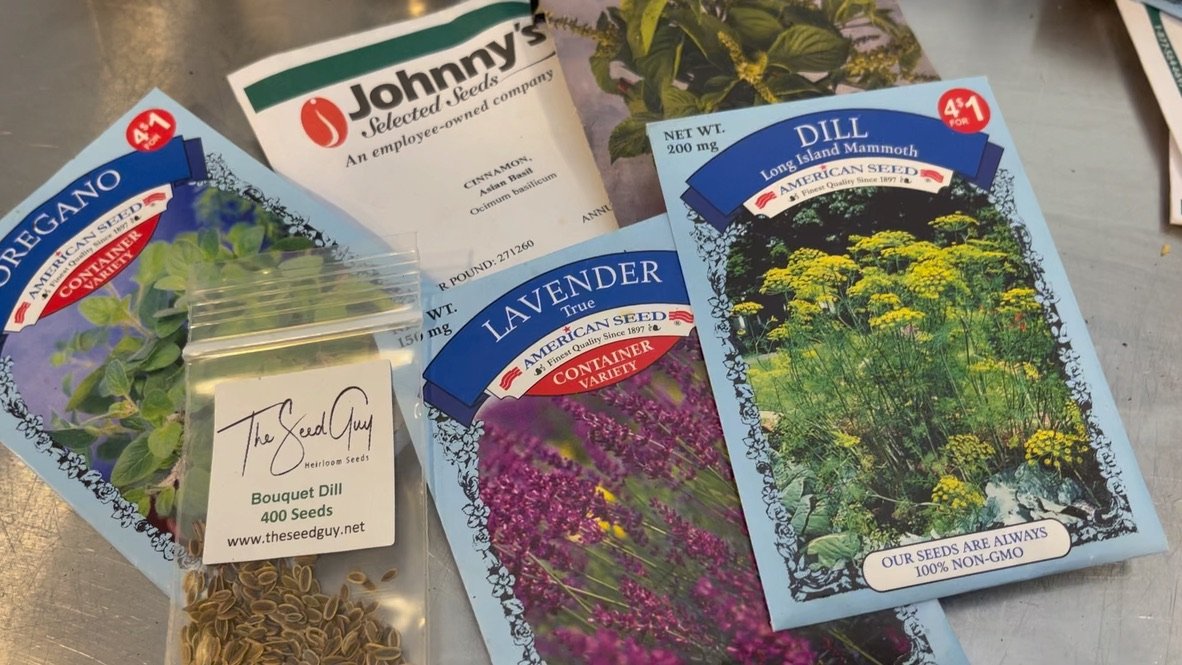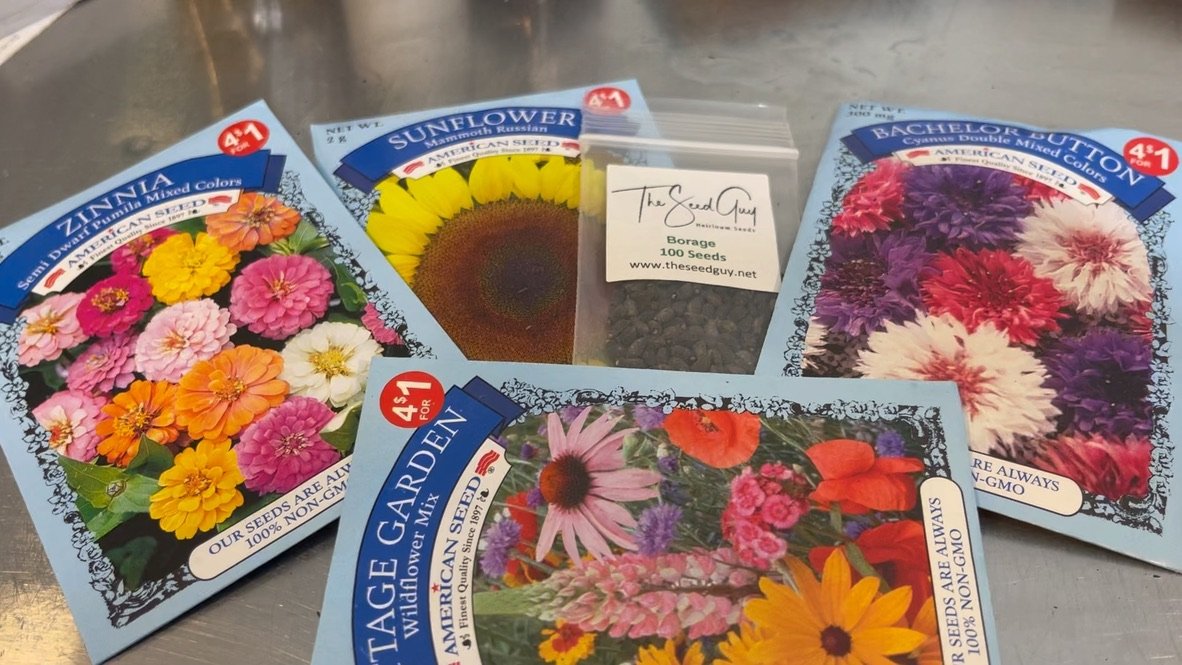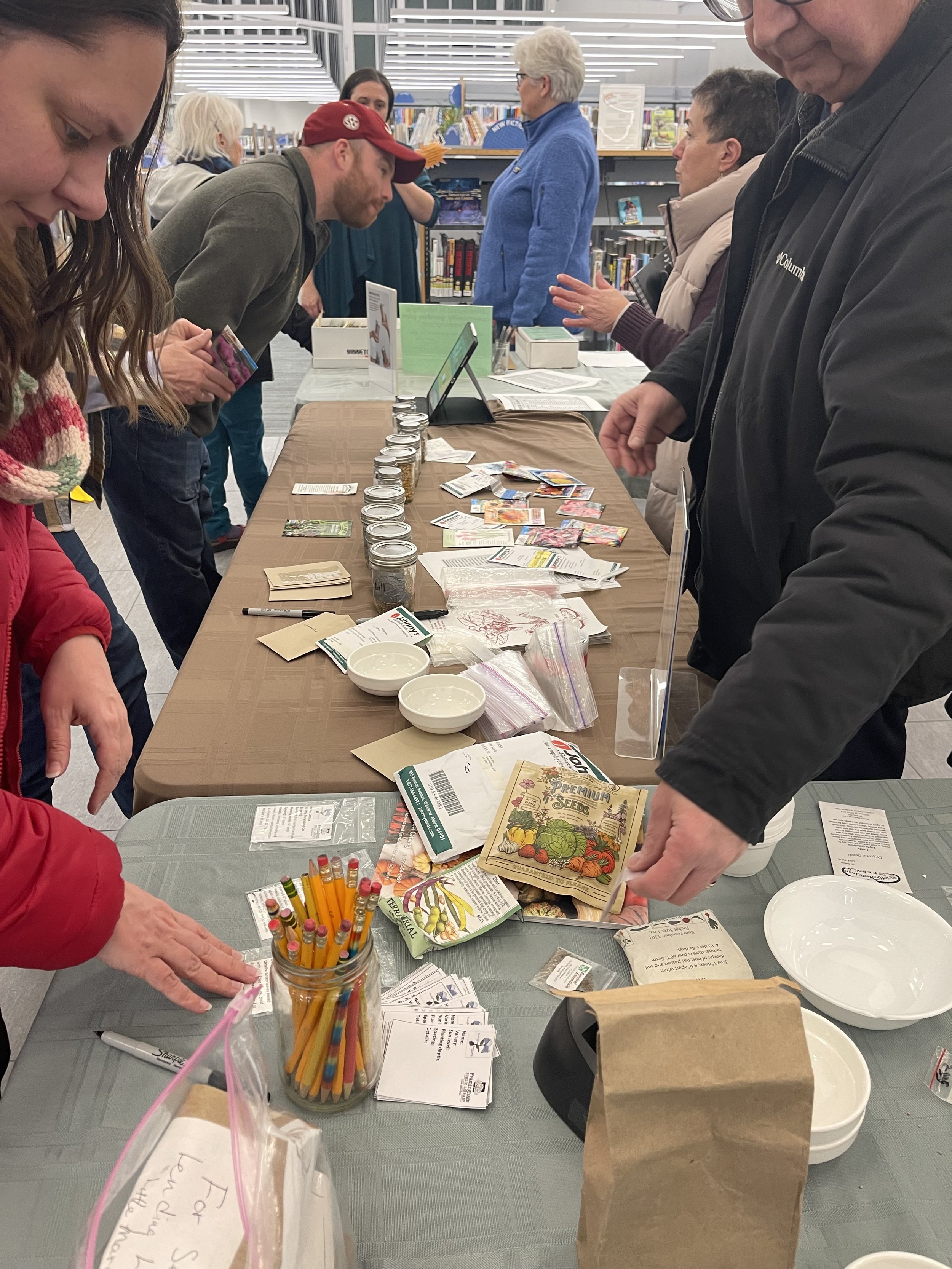The Art of Seed Organization
A Food Gardener's Guide to Year-Round Access
Food Gardening is not just a pastime; it's a journey through seasons, a dance with nature, and a test of patience and perseverance. At the heart of this beautiful endeavor lies a crucial, often overlooked aspect - seed organization. Properly organizing and storing seeds can transform your food gardening experience, making it more efficient, enjoyable, and fruitful. In this comprehensive guide, we'll explore the ins and outs of seed organization, providing you with a system to access your seeds easily throughout the year.
Understanding Seed Categories
Before diving into the organization process, let's categorize our seeds. This categorization not only simplifies the sorting process but also helps in planning your food garden layout and crop rotation. The main categories are:
Seeds: These are the foundation of your garden, including beans, peas, and corn. They're often directly sown into the garden and are crucial for regenerating your garden year after year.
Herbs: Culinary and medicinal herbs like basil, cilantro, and lavender. Herbs are versatile, providing flavor, fragrance, and health benefits.
Leafy Greens: Spinach, lettuce, and kale fall into this category. They are essential for quick harvests and are often planted in succession for a continuous supply.
Root Vegetables: Carrots, beets, and radishes. These vegetables grow underground and require different care and harvesting techniques.
Fruiting Vegetables: Tomatoes, peppers, and cucumbers. These plants produce the bulk of your food garden's harvest and often require support structures like trellises.
Flowering Plants: Both edible and ornamental flowers like calendula and marigolds. They enhance the food garden's beauty and attract pollinators, aiding in the food garden's overall health.
Choosing the Right Storage
The key to successful seed storage is creating an environment that protects seeds from moisture, light, and pests. A photo case, with its individual compartments and compact size, is an excellent choice for food gardeners. It allows you to group seeds by category, making it easy to find what you need when you need it.
Organizing Your Seeds
Once you've selected your storage system, it's time to organize:
Labeling: Begin by labeling each compartment or case with the category name. Consider using moisture-resistant labels and a permanent marker to ensure that the labels remain legible over time.
Sorting: Sort your seeds into the categories mentioned earlier. This step can be therapeutic, giving you time to familiarize yourself with what you have, check expiration dates, and plan for future plantings.
Documenting: Create a simple spreadsheet or journal to track what seeds you have, their expiration dates, and any planting instructions. This document becomes your planting blueprint, helping you plan your food garden layout and succession planting.
Storing: Place the sorted and labeled seeds in a cool, dry place. Basements, closets, or drawers away from direct sunlight and moisture are ideal. If humidity is a concern, consider adding silica gel packets to absorb moisture.
Planning for Success
With your seeds organized, planning your garden becomes a more straightforward task. You can easily assess what seeds you have, what you need to buy, and when to start planting. Here are some tips for using your organized seed system to its full potential:
Seasonal Planning: Use your seed inventory to plan your food garden for the entire year. Consider starting some seeds indoors to extend your growing season.
Crop Rotation: By knowing what seeds you have on hand, you can plan a crop rotation system to prevent soil depletion and reduce pest issues.
Succession Planting: Organized seeds make it easier to implement succession planting. By having your seeds at hand, you can plant new seeds as soon as one crop is harvested, ensuring a continuous supply of fresh vegetables and greens.
The Joy of Sharing
Community Swapping seeds at 2024 Seed Swap party
One of the joys of food gardening is sharing your harvest and your seeds. Organized seeds make it easy to share with friends, family, and fellow food gardeners. Consider setting aside a portion of your seeds for seed swaps, giving you the opportunity to diversify your food garden and connect with the food gardening community.
The Environmental Impact
Organizing and storing seeds is not just about convenience; it's also an environmentally friendly practice. By saving seeds, you reduce the need for purchasing new seeds each year, cutting down on packaging waste and the carbon footprint associated with shipping. Additionally, by cultivating a diverse food garden, you contribute to the preservation of plant varieties, some of which might be rare or heirloom species.
Conclusion
The organization of seeds may seem like a small part of gardening, but its impact is significant. It streamlines your food gardening process, saves time, and helps in planning and executing a successful food garden. By following the steps outlined in this guide, you can enjoy the benefits of an organized seed system, making your gardening journey more productive and enjoyable. Remember, every seed you plant is a step towards a greener, more sustainable world. Happy gardening!











